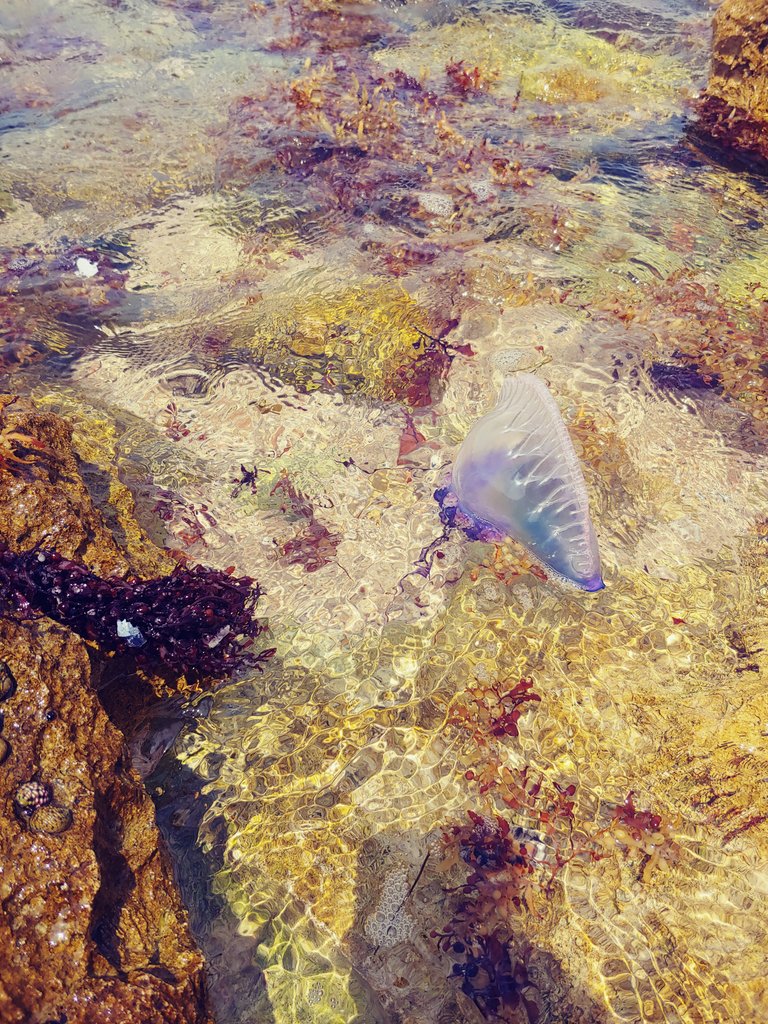
The Portuguese man o' war (Physalia physalis), also known as the Portuguese frigate or bluebottle, is a marine organism of great scientific interest due to its complex biology and remarkable adaptation to oceanic ecosystems. Although it is often confused with a jellyfish due to its gelatinous and floating appearance, the Portuguese man o' war is actually a colonial siphonophore, meaning it is composed of a series of interdependent polyps that perform specialized functions for the well-being of the colony.
La carabela portuguesa (Physalia physalis), también conocida como fragata portuguesa o agua mala, es un organismo marino de gran interés científico debido a su compleja biología y su notable adaptación a los ecosistemas oceánicos. Aunque a menudo se confunde con una medusa debido a su apariencia gelatinosa y flotante, la carabela portuguesa es, en realidad, un sifonóforo colonial, lo que significa que está compuesta por una serie de pólipos interdependientes que realizan funciones especializadas para el bienestar de la colonia.
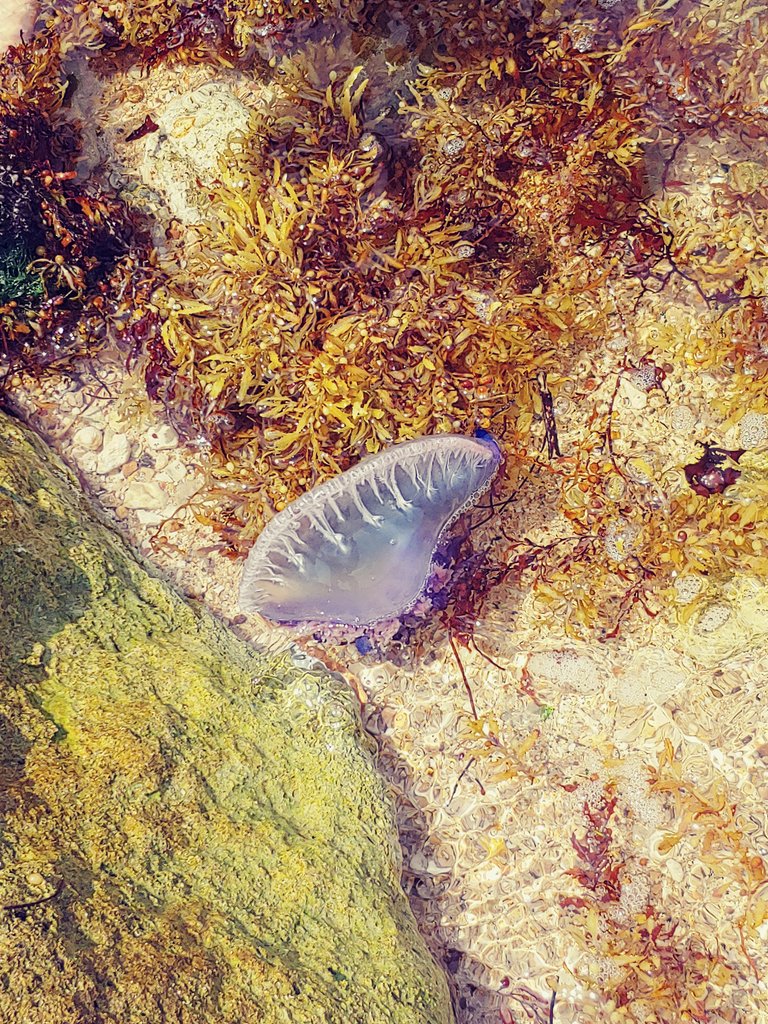
The man o' war is found in warm waters around the world, particularly in the tropical and subtropical regions of the Pacific and Indian Oceans, as well as in the Gulf Stream of the Atlantic. It prefers open waters, where it can be transported by winds, tides, and ocean currents. This distribution phenomenon is crucial for its survival, as it allows access to different habitats and food sources.
La carabela se encuentra en aguas cálidas de todo el mundo, especialmente en las regiones tropicales y subtropicales de los océanos Pacífico e Índico, así como en la corriente del Golfo del Atlántico. Prefiere las aguas abiertas, donde puede ser transportada por vientos, mareas y corrientes marinas. Este fenómeno de distribución es crucial para su supervivencia, ya que le permite acceder a diferentes hábitats y fuentes de alimento.

The Portuguese man o' war consists of a floating structure called a pneumatophore, which can measure between 15 and 30 cm in length. This gelatinous "sail" allows the organism to move across the ocean. From this central body hang numerous tentacles that can extend up to 50 meters, although their average length is about 10 meters. These tentacles are essential for capturing prey and are designed to wrap around and transport food to the organism's mouth.
The colony comprises several types of specialized polyps:
Pneumatophore: Floats on the water's surface and acts as a sail.
Gastrozoids: Responsible for digesting captured prey.
Dactylozoids: In charge of detecting and capturing prey, as well as defending the organism.
Gonozoids: Responsible for reproduction, allowing the colony to perpetuate itself.
La carabela portuguesa está formada por una estructura flotante llamada neumatóforo, que puede medir entre 15 y 30 cm de longitud. Esta "vela" gelatinosa permite al organismo desplazarse por el océano. Desde este cuerpo central cuelgan numerosos tentáculos que pueden extenderse hasta 50 metros, aunque su longitud promedio es de aproximadamente 10 metros. Estos tentáculos son esenciales para la captura de presas y están diseñados para envolver y transportar alimentos hacia la boca del organismo.
La colonia se compone de varios tipos de pólipos especializados:
Neumatóforo: Flota en la superficie del agua y actúa como una vela.
Gastrozoides: Se encargan de la digestión de las presas capturadas.
Dactilozoides: Son responsables de la detección y captura de presas, así como de la defensa del organismo.
Gonozoides: Se ocupan de la reproducción, permitiendo a la colonia perpetuarse.
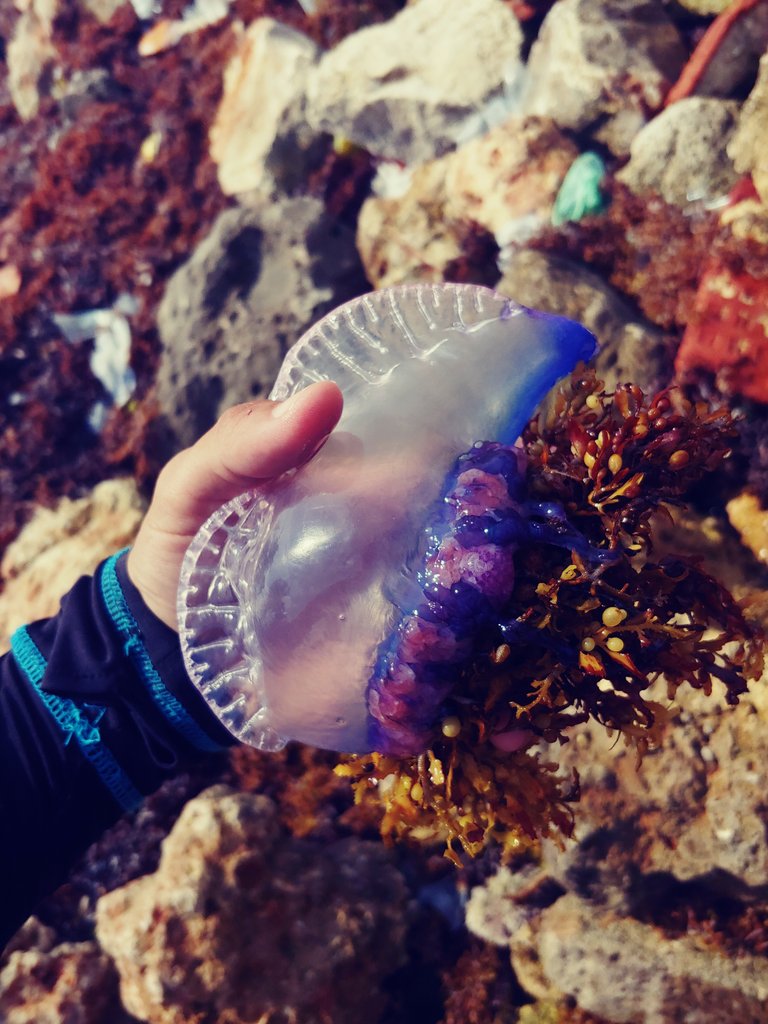
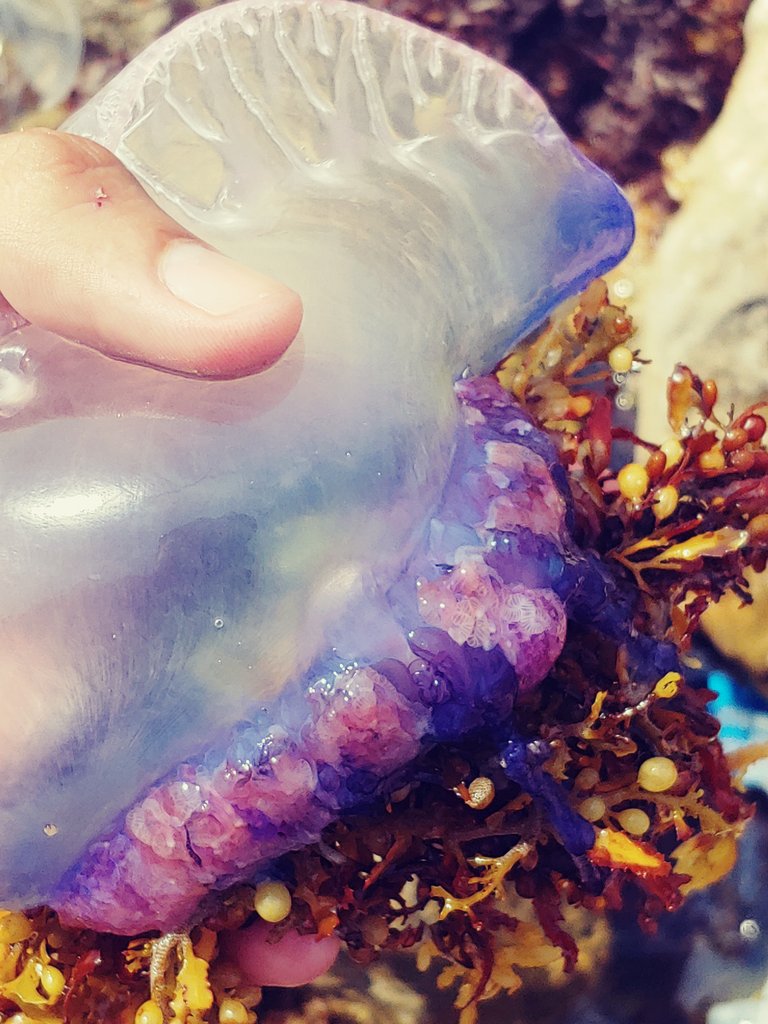
The tentacles of the Portuguese man o' war are equipped with cnidocytes, which are specialized cells containing structures called nematocysts. These nematocysts are stinging capsules that, when activated by contact with a prey item, release a hollow spiraled filament that injects a protein toxin. This toxin can paralyze large fish and has severe effects on humans, causing intense pain and allergic reactions in some cases.
Once the tentacles ensnare the prey, the organism introduces the food into its mouth, which connects to a gastrovascular cavity where digestion takes place. This process is essential for obtaining nutrients that nourish the colony.
Los tentáculos de la carabela están equipados con cnidocitos, que son células especializadas que contienen estructuras llamadas nematocistos. Estos nematocistos son cápsulas urticantes que, al ser activadas por el contacto con una presa, liberan un filamento hueco espiralado que inyecta una toxina proteica. Esta toxina puede paralizar a peces grandes y tiene efectos severos en los seres humanos, causando dolor intenso y reacciones alérgicas en algunos casos.
Una vez que los tentáculos envuelven a la presa, el organismo introduce el alimento en su boca, que conecta con una cavidad gastrovascular donde se lleva a cabo la digestión. Este proceso es fundamental para la obtención de nutrientes que alimentan a la colonia.
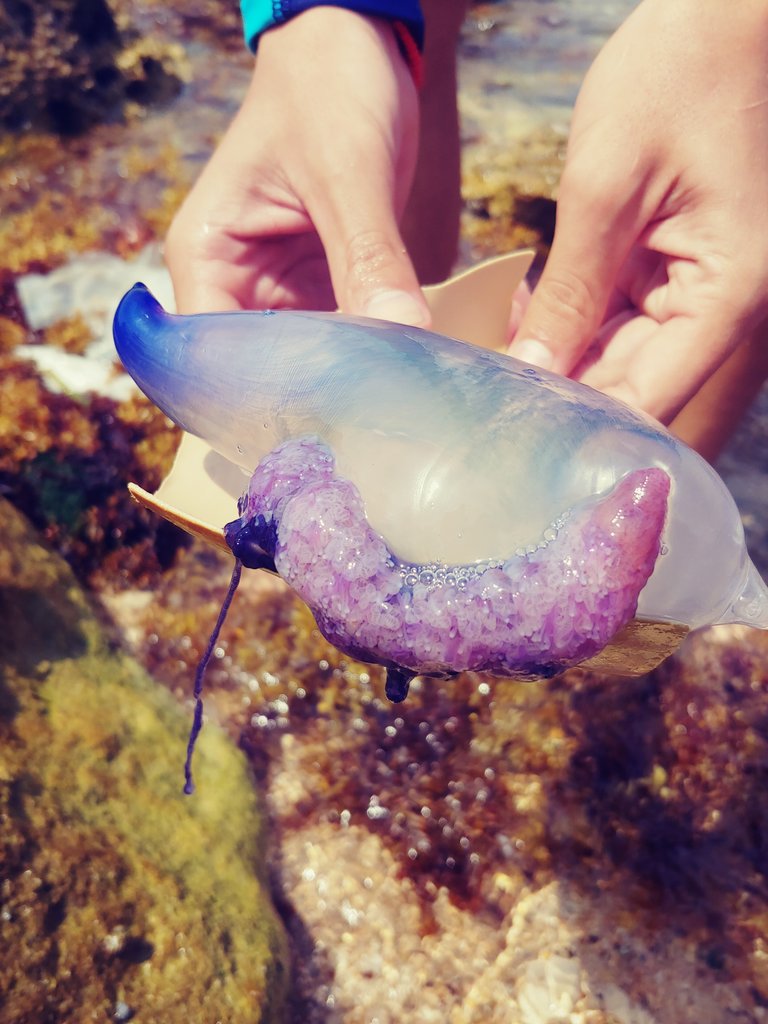
The sting of the Portuguese man o' war is known to be extremely painful and can cause severe reactions in sensitive individuals. Symptoms may include intense pain, skin rashes, and, in extreme cases, respiratory difficulty or anaphylactic shock. Because of this, it is essential for people swimming in areas where these creatures are common to be informed about their presence and take precautions.
La picadura de la carabela portuguesa es conocida por ser extremadamente dolorosa y puede causar reacciones severas en personas sensibles. Los síntomas pueden incluir dolor intenso, erupciones cutáneas y, en casos extremos, dificultad respiratoria o shock anafiláctico. Debido a esto, es esencial que las personas que nadan en áreas donde estas criaturas son comunes estén informadas sobre su presencia y tomen precauciones.
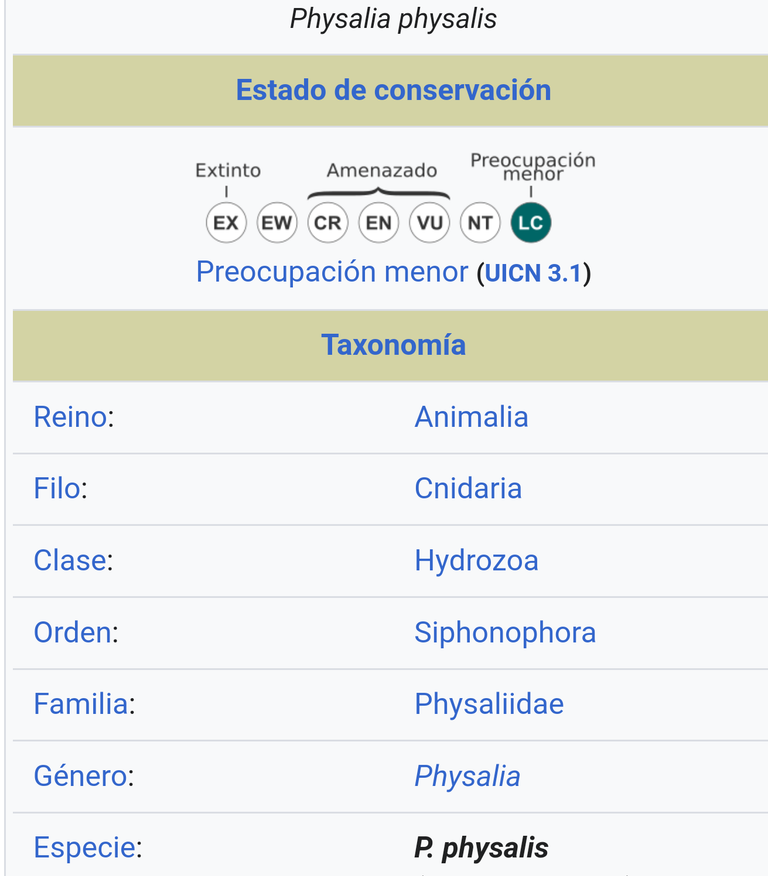
The Portuguese man o' war is a fascinating example of how nature has developed complex and adaptive organisms. Its colonial structure and sophisticated hunting mechanisms are not only intriguing from a biological standpoint but also underscore the importance of understanding and respecting marine ecosystems. Ongoing research on this organism may provide valuable insights into marine biodiversity and ecological interactions in our oceans.
La carabela portuguesa es un ejemplo fascinante de cómo la naturaleza ha desarrollado organismos complejos y adaptativos. Su estructura colonial y sus sofisticados mecanismos de caza no solo son intrigantes desde un punto de vista biológico, sino que también subrayan la importancia de entender y respetar los ecosistemas marinos. La investigación continua sobre este organismo puede proporcionar información valiosa sobre la biodiversidad marina y las interacciones ecológicas en nuestros océanos.
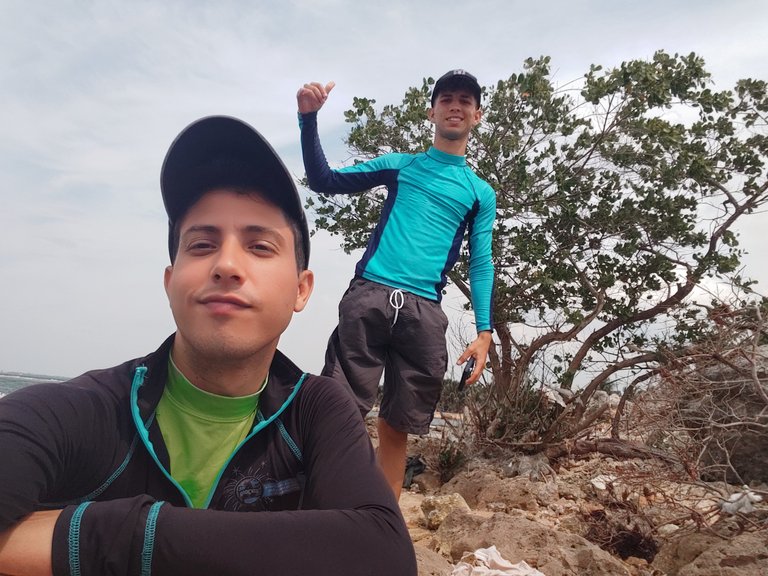
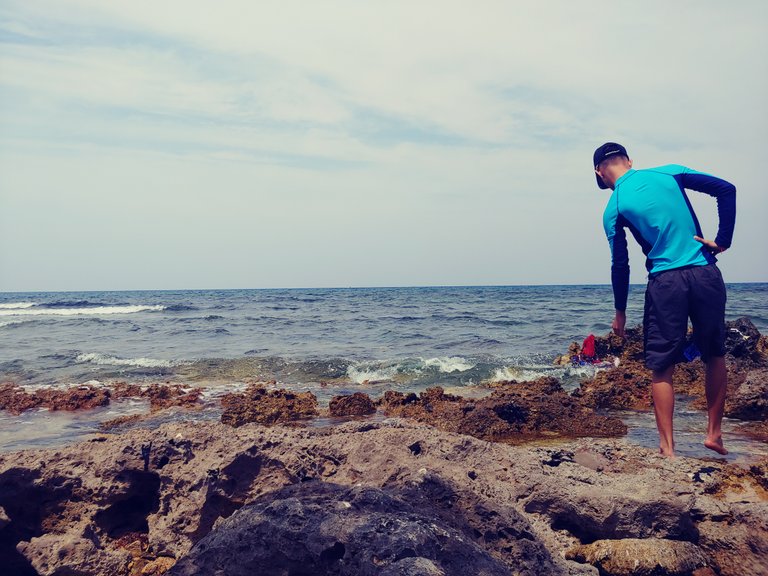
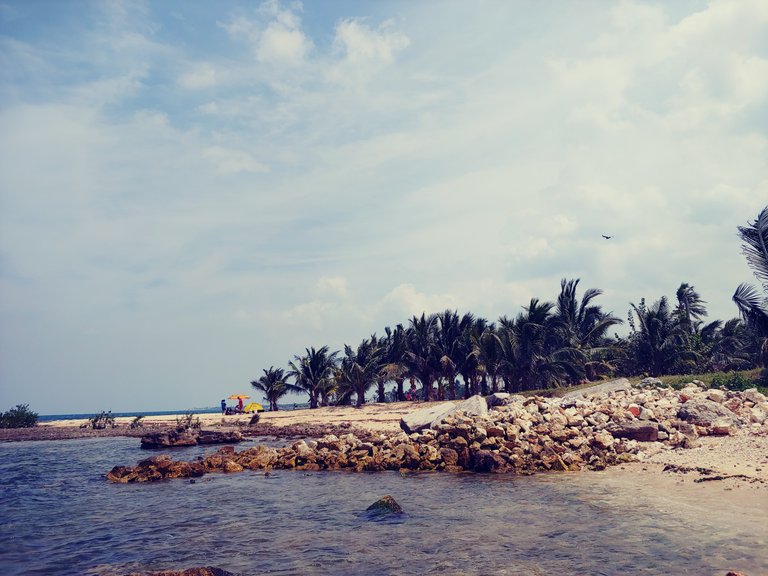
Baracoa Beach, Bauta, Cuba.
Photos: Front camera
Mobile device LG-7
Playa Baracoa, Bauta, Cuba.
Fotos: Cámara frontal
Dispositivo móvil LG-7
Your observations are very interesting, but unfortunately I did not find you on inaturalist. If you do not have an inaturalist account, you can register by click here
Hello, sorry for replying so late. Greetings and thank you very much. Where I live, I have a hard time connecting. I'm glad you enjoyed my post. I have a degree in Biology Education, I'm Cuban, and a university professor. I currently work as a Provincial Methodologist for Biology and Geography in the Artemisa province of Cuba. I'll try to connect again using the link you provided. Thank you very much. It was a pleasure meeting you.
Yes, no problem